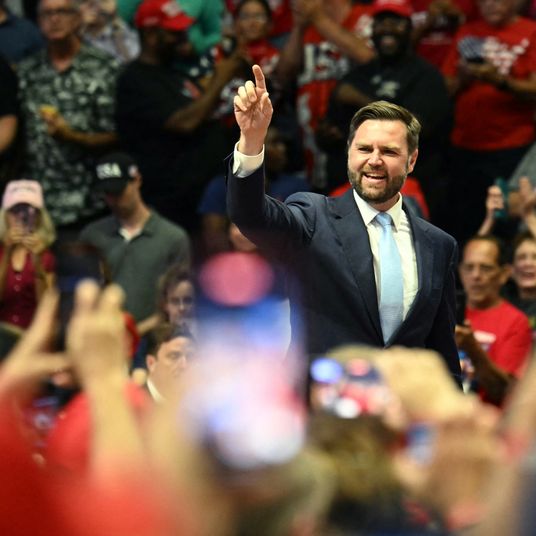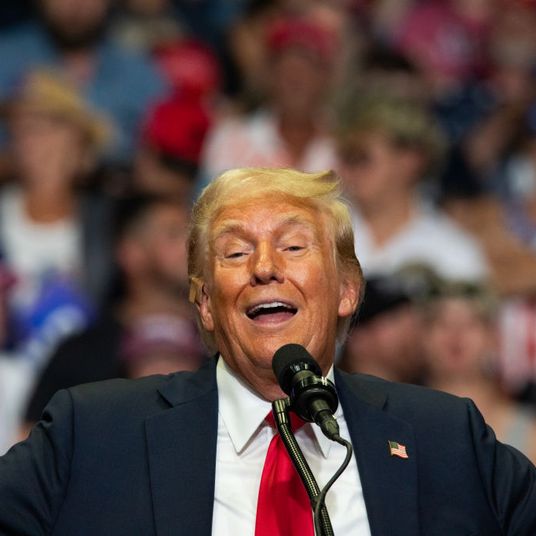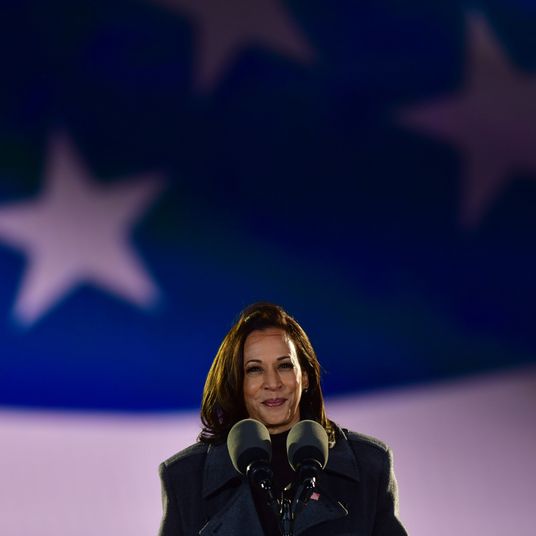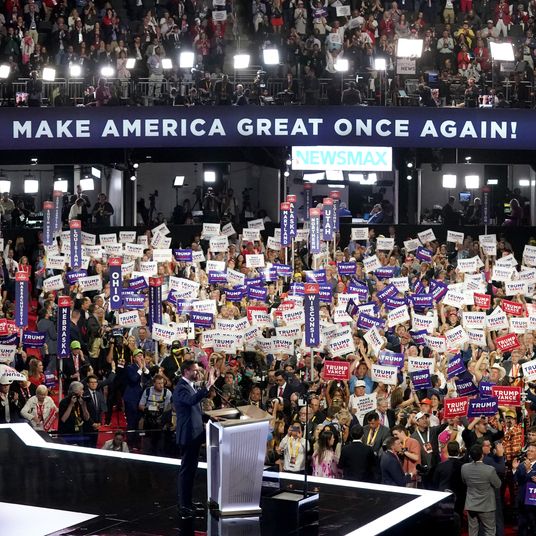
Last Thursday, my soccer-obsessed 10-year-old son and I sat in Mercedes-Benz Stadium in Atlanta and witnessed 70,000 people humming the Argentine national anthem together. This was just before the first game of the Copa América, the South American soccer tournament hosted this year by the United States, and almost everyone in the stands wore the national jersey of reigning World Cup champions Argentina. The true attraction, of course, was Lionel Messi, the most famous athlete in the world. That a crowd this massive could gather in Georgia to cheer him on may have once been surprising, but certainly isn’t any longer. Last year, SSRS, a research firm that’s been surveying Americans for three decades, found that the most popular athlete in this country was not LeBron James, Tom Brady, or Stephen Curry, but Messi. Some portion of the crowd was surely singing along to the anthem in what must have been a profoundly moving moment for any Argentinian in attendance. But most of us were just humming along. We didn’t know the words. We didn’t speak the language. We were just there to see Messi.
This week, the United States men’s national team (USMNT) will play its second Copa América match, also in Atlanta. I’ll be attending that as well, and let me tell you: Tickets are a lot cheaper. This is partly understandable: The U.S. is playing Panama, not Messi and Argentina, after all. But as someone who attended the last game the USMNT played in Atlanta, a miserable Gold Cup loss in 2015 to Jamaica at the since-demolished Georgia Dome, the lack of anticipation for the U.S. men’s national team playing in Atlanta — a city that has, in the years since that Gold Cup loss, launched a highly successful, championship-winning MLS team that regularly plays some of the most well-attended soccer games on earth — is palpable. Eight years ago, the Georgia Dome was packed with maniacs dressed up like Benjamin Franklin and wearing T-shirts with bald eagles on them; this week, I can’t find anyone around here who even knows the team is playing.
This is despite the fact that the current USMNT is light-years better than the one I saw in 2015. That team was 34th in the world, which was a generous ranking; nine years later, they’re 11th in the world and led by Christian Pulisic, who has a legitimate claim to being the best United States player of all time. During that time, the MLS has become a massively more popular entity (30 teams, up from 19 in 2014), now with its own global television package through Apple TV and a reach so vast that Messi himself, at the peak of his global popularity, has decided to make it his home league. And anecdotally, any American parent of young children can tell you that the sport their kids are obsessed with the most, even kids that are otherwise not even that into sports, is soccer. (Sadly, I can’t get my 10-year-old to sit through a baseball game with me.) Kids used to practice their favorite player’s batting stances in the backyard: Now they copy their goal-scoring celebrations. Even those of us who were predicting a pending explosion of soccer fandom in the United States back in 2014 could not have imagined this much progress over one decade.
And yet, the USMNT itself has reaped almost none of these benefits. U.S. players regularly complain about their fans being outnumbered in the stands despite the home-field advantage. Many fans are actively cheering against the team in the Copa América because they dislike coach Gregg Berhalter so much. (Unfairly, I’d argue.) The excitement behind U.S. men’s soccer, which once drove so many people in Brooklyn, Portland, Columbus, Omaha, and countless other towns to build American Outlaw fan chapters and cosplay what I called at the time “hipster patriotism,” has now nearly evaporated from the sport. Even the wildly successful U.S. women’s team has lost visibility, in part because of bad-faith political actors and in part because they’re no longer the dominant team in the sport. (They’ve fallen to fifth in the world after being No. 1 or No. 2 for nearly 20 straight years.)
So what explains the odd disconnect between soccer’s popularity and the national teams’ loss of stature? As with so many other cultural phenomena over the last decade, it might have something to do with Donald Trump. Trump’s relentless embrace of a very unhipster patriotism turned all that cosplay instantly rancid — something I should have seen coming when my chronicle of that movement led to a backlash among people who would become the backbone of MAGA — and made many of the national teams’ most devoted backers and advocates take a step back and wonder how much they really did feel about screaming “USA! USA!” in the face of fans of rivals from Latin America. And Trump’s first months in office happened to coincide with the USMNT failing to qualify for the 2018 World Cup, a devastating failure that instantly suffocated any momentum the national-team movement had. That one-two punch — the team’s shocking on-field failure and the nation’s even more shocking off-field one — was devastating: It turned something that fans were defiantly uncynical about into something they suddenly found themselves conflicted and ambivalent about. Soccer has been thriving in this country, but the national teams have yet to recover.
The Copa América, in which the U.S. is favored to advance and potentially challenge world powers Brazil and Argentina (they already won their first game, 2-0 against Bolivia, on Sunday), is a test run to see if the USMNT can get back on the radar nationally. The real referendum, though, comes in two years, when the United States, alongside Mexico and Canada, will host the World Cup for the first time since 1994. It’s everything U.S. soccer has been building toward for 40 years, the perfect illustration of just how far the game has come in this country and far it has to go. But, depending on how this election goes, it also may be an illustration of how far the nation itself has — or hasn’t. Right now, it is much more exciting, fulfilling, and even relaxing, for Americans to cheer for Messi and Argentina than it is to cheer for their own country. Whether that changes in the next two years, or at all, may be decided far from the soccer field.
More From This Series
- These Are the First Optimistic Olympics in a Long Time
- Can America Even Get It Together to Host a World Cup?
- The Knicks Finally Have All the Pieces to Win





























